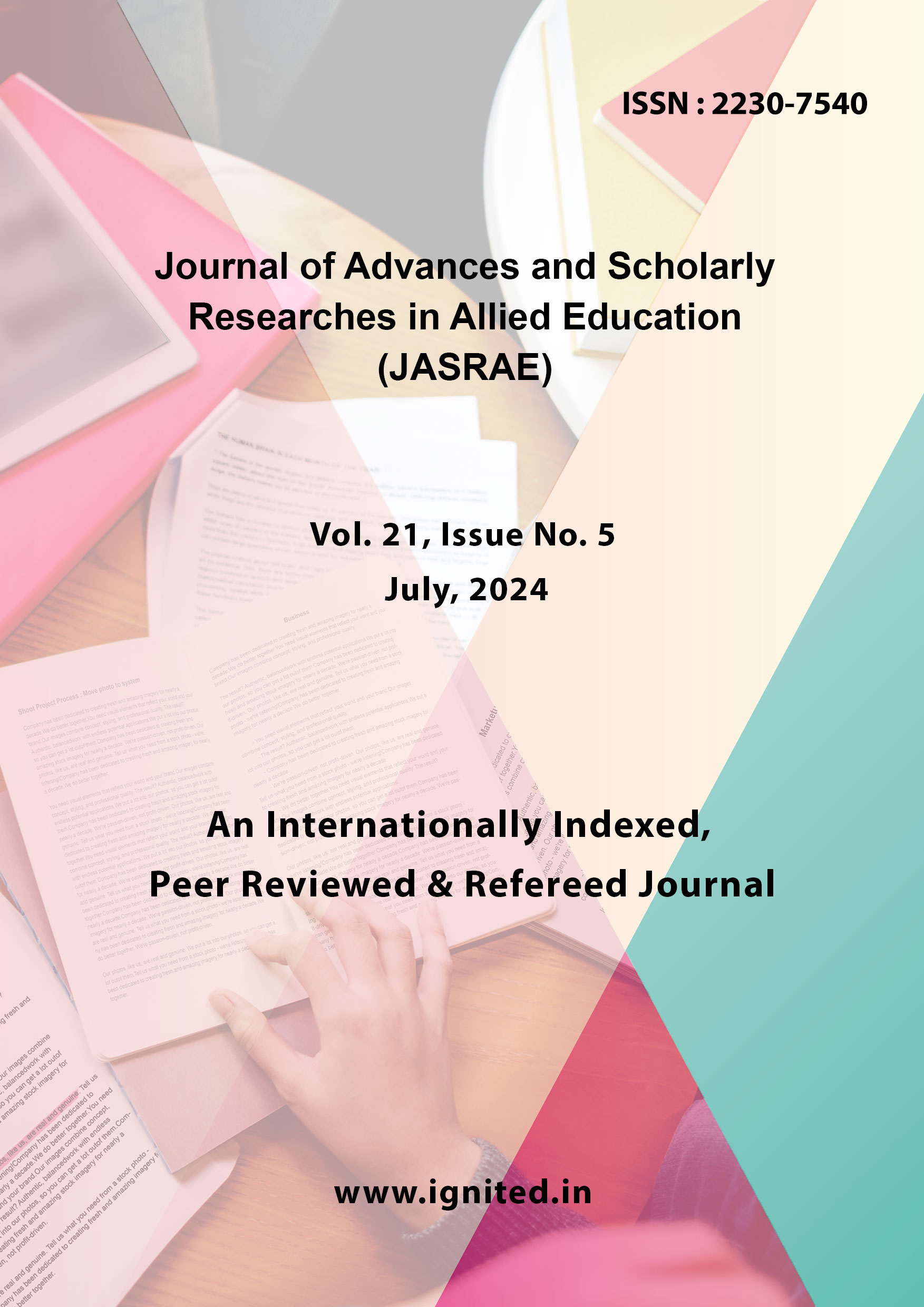Measuring Teaching Effectiveness: A comprehensive analysis of assessment tools, criteria, and standardization
DOI:
https://doi.org/10.29070/fy4cd164Keywords:
Assesment, Teacher Effectiveness, TES Scale, ToolsAbstract
Students' social and attitude development is said to be influenced by effective instructors just as much as their academic performance. "What makes a good teacher?" is an old and well-studied topic. Teacher effectiveness (TE) has been measured using a variety of approaches, each with its own set of advantages and disadvantages. In order to measure how successful school instructors are, many turn to the Teacher Effectiveness Scale (TES-KU) created by Kulsum (2011). The majority of research participants viewed the administration of this 60-item measure as tedious and time-consuming. Therefore, a condensed version of this scale was attempted. The Principle Component technique was used to factor analyze responses from 200 school instructors. It would be ideal if schools and teachers could agree on a common set of criteria to evaluate classroom performance. Also, it would be great if these measures were congruent with what we know about how to evaluate teachers' efficacy in the classroom. Sadly, most institutions are currently not operating at this optimum level. The purpose of this interview research was to gather information from 72 physics teachers on the methods used by their schools to determine the efficacy of their lessons.
References
Simonson, S. R., Earl, B., & Frary, M. (2021). Establishing a Framework for Assessing Teaching Effectiveness. College Teaching, 70(2), 164–180. https://doi.org/10.1080/87567555.2021.1909528
Henderson, Charles & Turpen, Chandra & Dancy, Melissa & Chapman, Tricia. (2014). Assessment of teaching effectiveness. Physical Review Special Topics - Physics Education Research. 10. 10.1103/PhysRevSTPER.10.010106.
Ezequiel Molina et.al “Measuring the quality of teaching practices in primary schools: Assessing the validity of the Teach observation tool in Punjab, Pakistan” Teaching and Teacher Education Volume 96, November 2020, 103171
Del, John & Aquino, Rosario & Chavez, Maria Asela. (2022). Teaching effectiveness: Basis for the development of assessment tool. Journal of Research, Policy & Practice of Teachers & Teacher Education. 12. 10.37134/jrpptte.vol12.2.4.2022.
Gupta, Madhu & Verma, Gunjan. (2022). Construction and Standardization of Teaching Effectiveness Observation Scale (TEOS). The International Journal of Indian Psychology. 10. 586-595. 10.25215/1001.058.
Teddlie, C., & Reynolds, D. (2000). The international handbook of school effectiveness research. London, UK: Falmer Press.
Torrance, H., & Pryor, J. (1998). Investigating formative assessment: teaching, learning and assessment in the classroom. Buckingham, UK: Open University Press.
Visscher, A. J., & Coe, R. (2002). School improvement through performance feedback Rotterdam: Swets & Zeitlinger.
Wiliam, D., & Thompson, M. (2007). Integrating assessment with instruction: what will it take to make it work? In C.A. Dwyer (Ed.), The future of assessment: shaping teaching and learning (pp. 53-82). Mahwah, NJ: Lawrence Erlbaum Associates.
Wiliam, D., Lee, C., Harrison, C., & Black, P.J. (2004). Teachers developing assessment for learning: Impact on student achievement. Assessment in Education: Principles Policy and Practice, 11(1), 49– 65.











